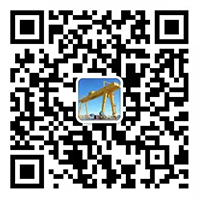Crane
- Categories:Technology Center
- Author:
- Origin:
- Time of issue:2021-07-22 18:58
- Views:
Crane
- Categories:Technology Center
- Author:
- Origin:
- Time of issue:2021-07-22 18:58
- Views:
Crane usually refers to a single-beam bridge crane, the English name is Single-beam Crane. The main beams of single-beam crane bridges mostly use I-shaped steel or a combined section of steel and steel plates. Lifting trolleys are often assembled by chain hoists, electric hoists, or hoists as parts of the lifting mechanism. To
Application scope
Cranes are widely used in workshops, warehouses, stock yards, etc. in machinery manufacturing workshops, metallurgical workshops, petroleum, petrochemical, ports, railways, civil aviation, power stations, papermaking, building materials, electronics and other industries. It has the advantages of compact size, low building clearance, light weight, and small wheel pressure. To
Model classification
The main models of electric single beam are LDA electric single beam crane, LD electric single beam crane, HD electric single beam crane, LX electric single beam suspension crane, SDXQ manual single beam suspension crane and single beam grab crane. To
Operating procedures
a. Before a single-beam bridge crane with a cab, the driver takes over and starts to drive, the hooks, wire ropes, safety devices and other components should be inspected according to the requirements of the spot inspection card, and abnormal conditions should be eliminated if they are found. To
b. For ground-operated single-beam bridge cranes, each shift should have a special person responsible for inspection according to the requirements of the check card, and abnormal conditions should be eliminated if they are found. To
c. The operator must confirm that there is no one on the platform or track before turning on the main power supply. When the power circuit breaker is locked or there is a notice board, the main power supply can be turned on only after the original person concerned removes it.


